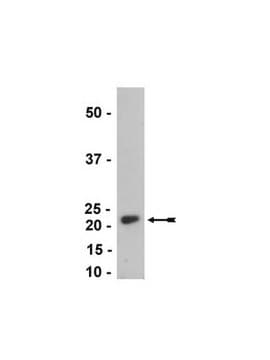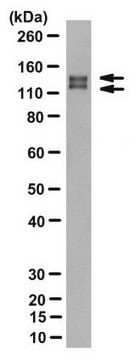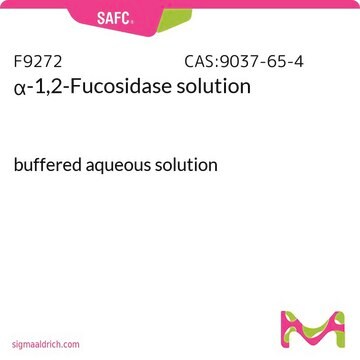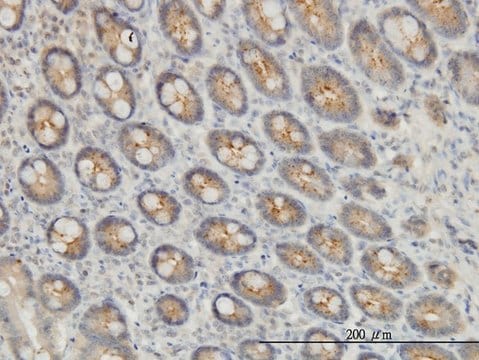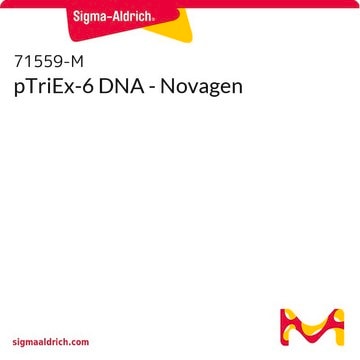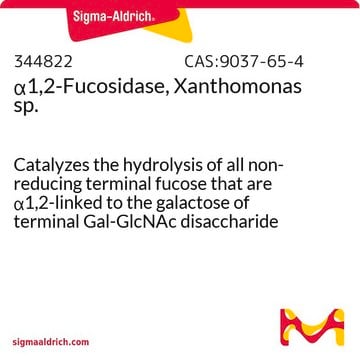MABT186
Anti-Exo70 Antibody, clone 70X13F3
clone 70X13F3, from mouse
Sinonimo/i:
Exocyst complex component 7, Exocyst complex component Exo70, rExo70
Scegli un formato
Scegli un formato
About This Item
Prodotti consigliati
Origine biologica
mouse
Livello qualitativo
Forma dell’anticorpo
purified antibody
Tipo di anticorpo
primary antibodies
Clone
70X13F3, monoclonal
Reattività contro le specie
human, rat
tecniche
immunocytochemistry: suitable
western blot: suitable
Isotipo
IgG2bκ
N° accesso NCBI
N° accesso UniProt
Condizioni di spedizione
wet ice
modifica post-traduzionali bersaglio
unmodified
Informazioni sul gene
human ... EXOC7(23265)
Descrizione generale
Immunogeno
Applicazioni
Cell Structure
Cytoskeletal Signaling
Immunocytochemistry Analysis: A representative lot was used by an independent laboratory in Exo70 cells. (Hsu, S.C., et al. (2001). The Journal of Neuroscience. 21(11):3839–3848.)
Immunofluorescence Analysis: A previous lot was used by an independent laboratory in IF. (Hsu, S.C., et al. (2011). The Journal of Neuroscience. 31(10):3522–3535.)
Qualità
Western Blot Analysis: A 1:1,000 dilution of this antibody detected Exo70 in 10 µg of rat brain tissue lysate.
Descrizione del bersaglio
Stato fisico
Stoccaggio e stabilità
Risultati analitici
Rat brain tissue lysate
Esclusione di responsabilità
Non trovi il prodotto giusto?
Prova il nostro Motore di ricerca dei prodotti.
Codice della classe di stoccaggio
12 - Non Combustible Liquids
Classe di pericolosità dell'acqua (WGK)
WGK 1
Punto d’infiammabilità (°F)
Not applicable
Punto d’infiammabilità (°C)
Not applicable
Certificati d'analisi (COA)
Cerca il Certificati d'analisi (COA) digitando il numero di lotto/batch corrispondente. I numeri di lotto o di batch sono stampati sull'etichetta dei prodotti dopo la parola ‘Lotto’ o ‘Batch’.
Possiedi già questo prodotto?
I documenti relativi ai prodotti acquistati recentemente sono disponibili nell’Archivio dei documenti.
Filtri attivi
Il team dei nostri ricercatori vanta grande esperienza in tutte le aree della ricerca quali Life Science, scienza dei materiali, sintesi chimica, cromatografia, discipline analitiche, ecc..
Contatta l'Assistenza Tecnica.